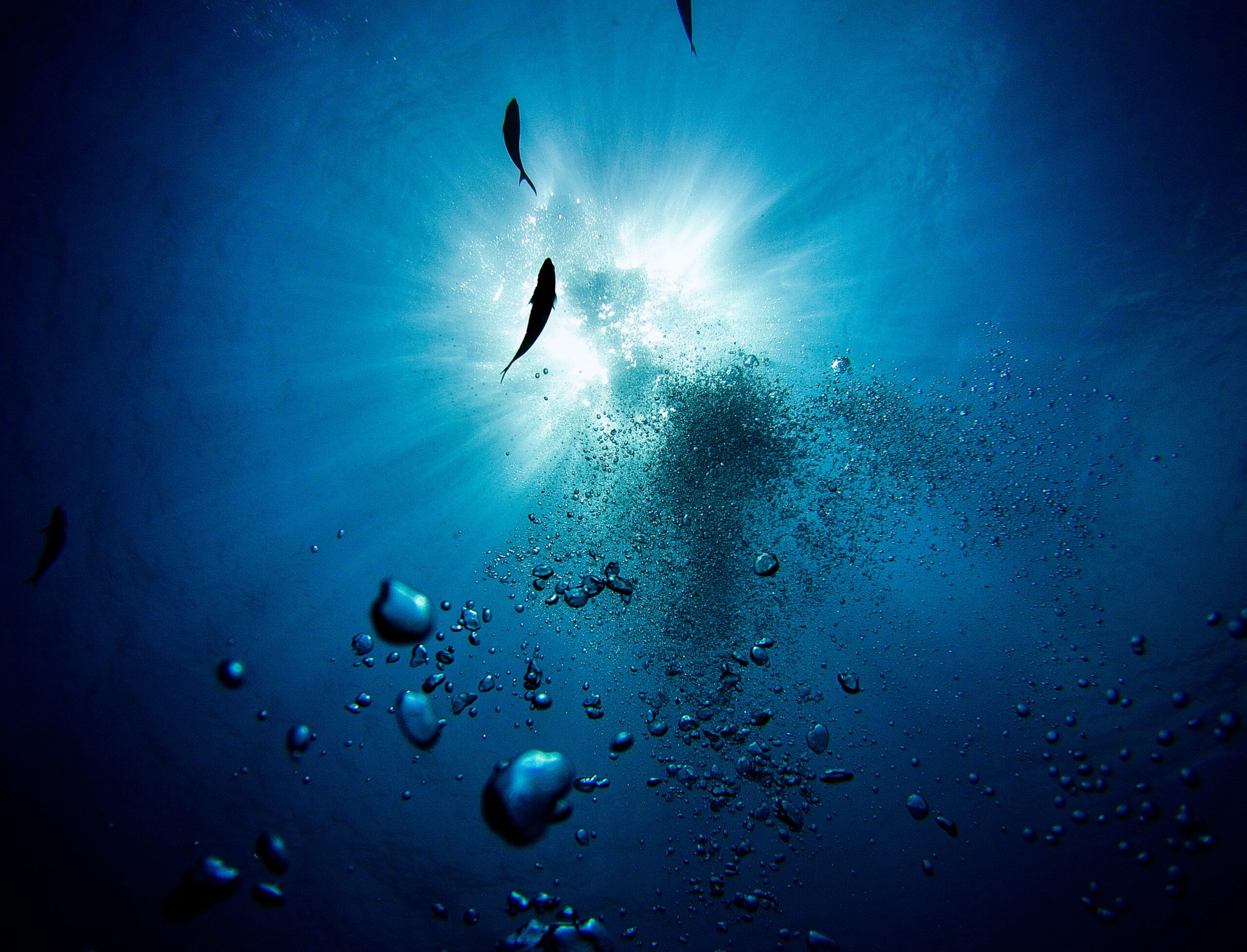A deep sea mining test that lasted just two hours may have reduced fish and shrimp populations in the surrounding area a year on, according to international research.
In 2020, Japan performed the first successful test extracting cobalt crusts from the top of deep-sea mountains to mine cobalt – a mineral used in electric vehicle batteries. An investigation on the environmental impact of this first test reports a decrease in ocean animals both in and around the mining zone.
The report comes as the International Seabed Authority debates what to do with deep-sea mining applications without established regulations for the nascent industry.
The SMC asked local experts to comment on the research.
Professor James J. Bell, School of Biological Sciences, Victoria University of Wellington, comments:
“Seamounts are important biodiversity hotspots in generally deeper water environments and there is increasing interest globally in mining seamounts for valuable minerals. However, such mining activities both physically disturb the seafloor, mechanically damaging organisms, and create sediment plumes that can be transported outside the immediately mined area and impact marine organisms far away from the mined site.
“This paper is particularly interesting as most previous work has focused on how non-mobile animals, such as sponges and corals, might be impacted by sediment plumes, but this study also focused on mobile animals.
“The link between the detrimental impacts of sediment plumes and non-mobile organisms is perhaps more obvious as these organisms can’t escape the plume and maybe smothered or have their feeding apparatus blocked. However, this study found this was not the case and in fact it was only the abundance of mobile animals that were impacted by the mining, and these impacts persisted for more than a year after the mining took place.
“Given that seabed mining is being considered by many states across world, including New Zealand, due to the increasing demand for consumer electronics and other commercial products, it is vitally important for us to understand the impacts of mining on seamount communities.
“These results demonstrate just how susceptible the marine communities associated with seamounts might be to the impacts of mining and that these impacts could be long-lasting. Importantly, this study also shows that even very small scale mining activity can have lasting impacts. Until we have a full understanding of what the impacts of mining is on these ecosystems, we should take a very cautious approach.”
Conflict of interest: James Bell is a Professor of Marine Biology at Victoria University of Wellington, and is also the director of the Master of Marine Conservation programme, and other marine biology programmes at VUW. Prof Bell’s research focuses on the impacts of environmental stressors on sponges, corals and other seafloor species. Prof Bell currently receives funding from the Department of Conservation (NZ), The National Parks and Wildlife Service (Ireland), The Royal Society of New Zealand, The George Mason Charitable Trust and the Greater Wellington Regional Council.
Associate Professor Kat Bolstad, Department of Environmental Science, Auckland University of Technology, comments:
“The deep sea is full of life. These habitats seem extreme to us, but life has survived, thrived, and diversified here for billions of years. Many of these lives are conducted across time scales that we have trouble imagining—some microbes may divide only once every thousand years. Some fish live for centuries. Abrupt disturbances are rare, and deep-sea life has evolved within these stable conditions.
“Enter deep-sea mining: catastrophically destructive to the immediate seafloor, and producing noise, vibrations, clouds of sediment, and other impacts that we cannot yet fully predict. The effects of large-scale deep-sea mining are likely to be substantial, longer lasting, and more complex than we can anticipate.
“This study is a great example; it shows that many mobile animals predicted to be ‘less impacted’ because they can move away from mining disturbances not only do so, but are then slow to return. This suggests that disruptions to the ecosystem last far beyond the immediate mining event.
“There is widespread scientific agreement: We need a far greater understanding of deep-sea ecosystems before we can make responsible decisions. An increasing number of countries (including Aotearoa) and Indigenous groups are calling for a moratorium or outright ban on commercial-scale deep-sea mining. Authorities are under great pressure to determine the future of this proposed industry, but I hope we will not rush into this, and that future generations can look back at this moment and see that we acted in their—and our planet’s—best interests.”
No conflict of interest
